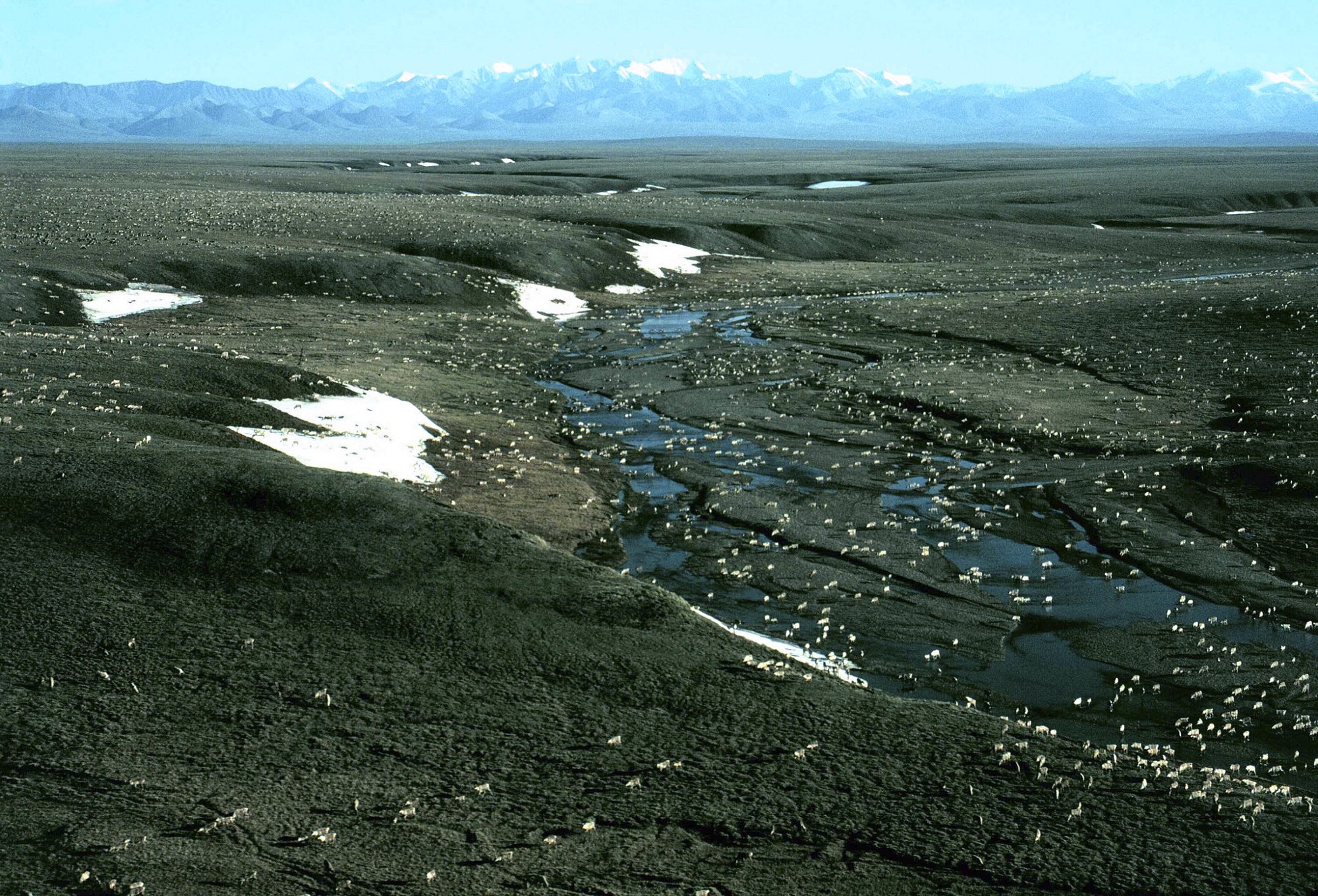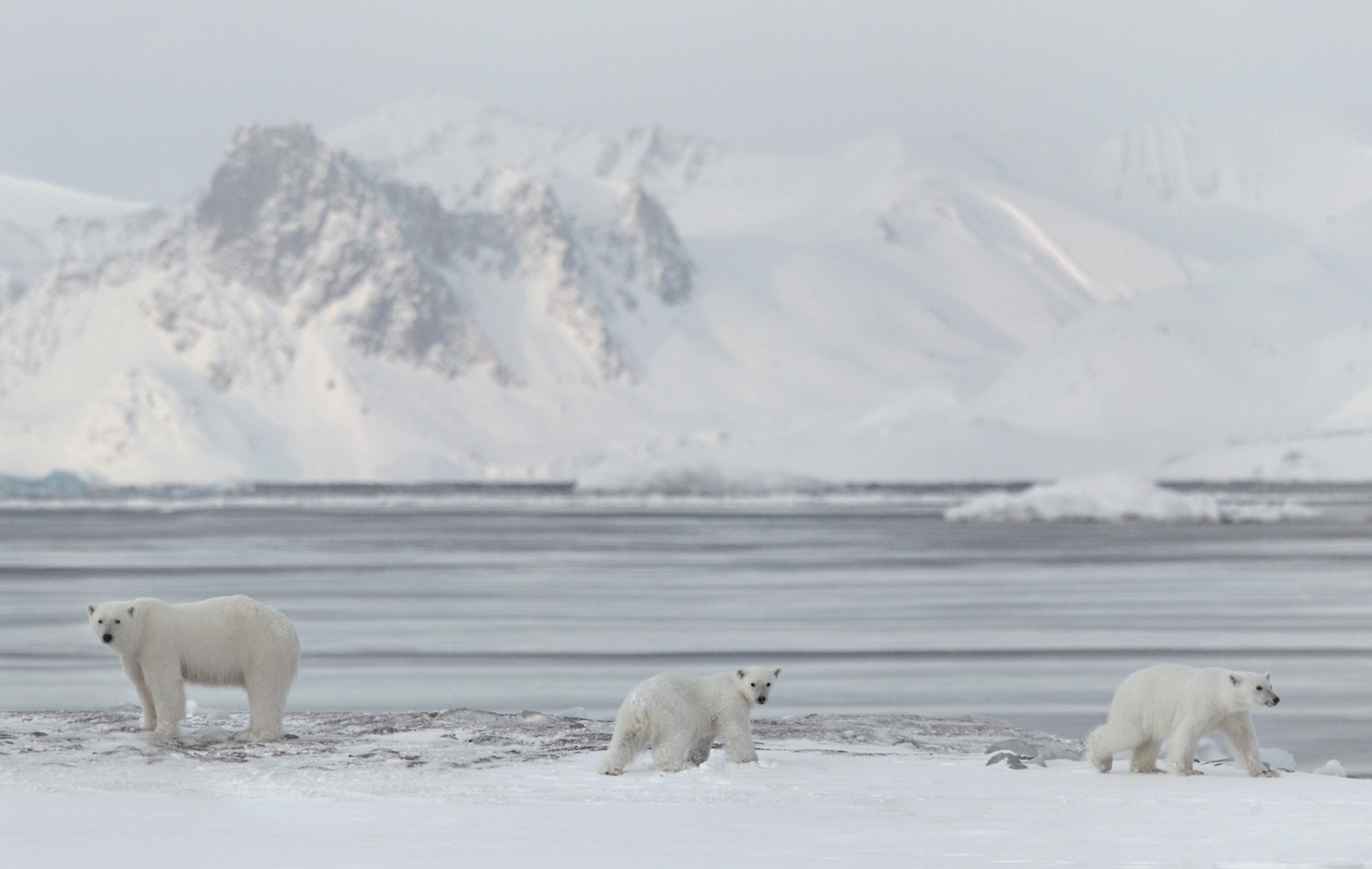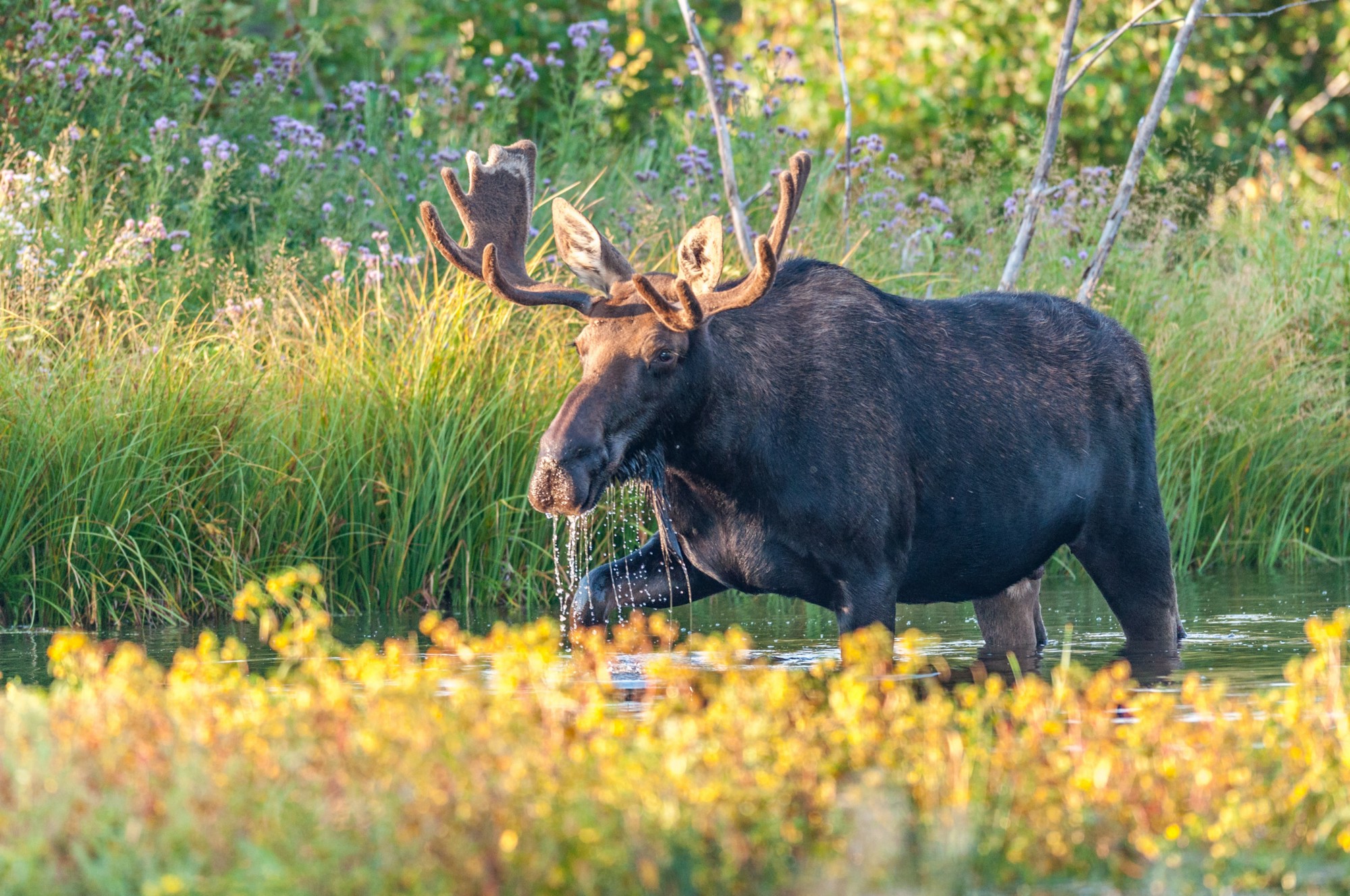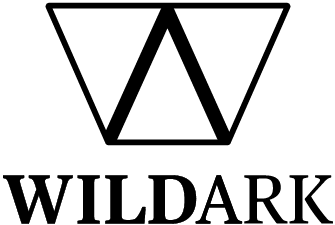Artic Plain. © Anders Jilden
1. In the far northeast of Alaska, beyond the arctic circle, exists 19.3 million acres of the most intact wilderness left in the world known as the Arctic National Wildlife Refuge.
2. The refuge is home to a range of Arctic and Sub-arctic ecosystems and supports 45 species of land mammals including two caribou herds, the Porcupine Caribou and the Central Arctic Caribou. An area of the refuge known as the Coastal Plain is a critical nursery for Porcupine Caribou, who calf here from late May to mid-July.

Porcupine Caribou Herd. © By U.S. Fish and Wildlife Service , via Wikimedia Commons
3. The refuge is also the most important denning area for Polar Bears in the Alaskan Arctic. It is also home to grizzly bears, black bears, moose, wolverines, more than 200 migratory bird species as well as birds of prey such as Golden Eagles and Peregrine Falcons.

Polar bear with cubs. © Adobestock.com
4. The Arctic Refuge is the land of the Gwich’in people who have lived here for thousands of years. Their livelihood is linked solely on the Porcupine Caribou which they rely on for food, warmth, tools, ornaments and culture.

Moose in the water. © KevinNoble
5. This Coastal Plain area of the Arctic Refuge has been opened for exploration and drilling for oil and natural gas and is it is believed to hold vast petroleum resources. In January 2018, President Trump signed into law a tax bill that includes a plan to allow drilling in the Arctic Refuge.
To lend your support to save the Arctic National Wildlife Refuge
Sign the Pledge
Sources:
The Conversation — Why Americans Will Never Agree On Drilling
Alaskan Wilderness League
